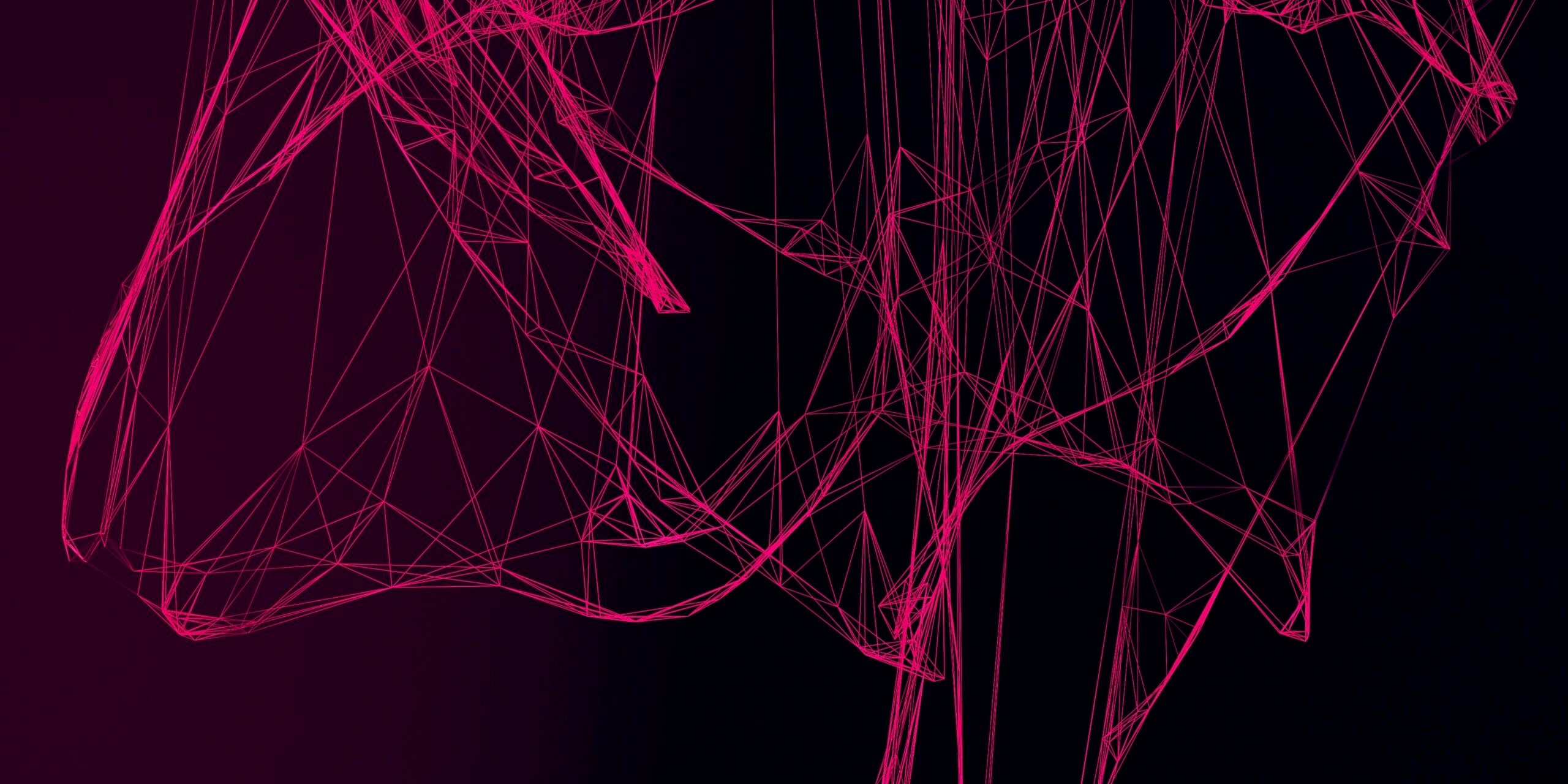The Power of Visual Storytelling
In the world of corporate Learning & Development, visual storytelling has emerged as a powerful tool for engaging participants and enhancing learning outcomes. One method that has gained popularity is graphic recording. By visually capturing key concepts and ideas during meetings, presentations, and training sessions, graphic recording transforms information into a memorable and impactful experience.
Introduction to Graphic Recording
Graphic recording, also known as visual note-taking or live sketching, involves creating real-time visual representations of conversations and discussions. It goes beyond traditional note-taking by combining words, images, and symbols to create a visually appealing and informative record of the event. Graphic recorders, skilled artists who specialize in this technique, listen actively and translate the content into a visual format on a large canvas or digital platform.
The visual nature of graphic recording helps participants to better understand and retain information. It taps into the power of visual learning, which is known to enhance comprehension and memory recall. By capturing ideas in real-time, graphic recording provides a visual narrative that can be revisited and shared long after the event has ended.
Benefits of Graphic Recording for Managers
Graphic recording offers several benefits for managers in corporate Learning & Development roles. Here are some key advantages:
By incorporating graphic recording into meetings, presentations, and training sessions, managers can leverage the power of visual storytelling to enhance engagement, improve learning outcomes, and foster collaboration. To explore graphic recording tools and techniques in detail, refer to our article on effective graphic recording techniques.
Unforgettable Graphic Recording Examples
To truly grasp the power of graphic recording, let’s explore some compelling examples that showcase its effectiveness in various managerial scenarios.
Example 1: Enhancing Team Collaboration
Imagine a team brainstorming session where ideas are flowing and creativity is at its peak. A graphic recorder captures these ideas visually in real-time, creating a visual representation of the team’s collective thinking. As the session progresses, team members can see their ideas taking shape on a large canvas or digital screen. This visual representation not only enhances communication but also fosters collaboration by allowing everyone to see and build upon each other’s contributions. It becomes a powerful tool for aligning the team’s goals and generating a shared sense of ownership.
Example 2: Capturing Key Insights in Meetings
During important meetings or conferences, a graphic recorder can capture key insights, discussions, and decisions in real-time. As presenters speak and participants engage, the graphic recorder visually synthesizes the information, creating a visual summary of the session. This visual representation serves as a valuable reference point, ensuring that important details are not lost or forgotten. It also enables participants to quickly grasp the main ideas and refer back to the visuals for a comprehensive understanding of the discussions.
Example 3: Simplifying Complex Concepts
One of the most remarkable aspects of graphic recording is its ability to simplify complex concepts. Whether it’s explaining a new process, outlining a strategic plan, or breaking down intricate ideas, a graphic recorder can visually translate these concepts into easy-to-understand visuals. By using symbols, diagrams, and illustrations, they distill complex information into bite-sized visual chunks. This not only aids comprehension but also enhances retention, making the information more memorable and accessible to all.
Example 4: Engaging and Memorable Training Sessions
In training sessions, graphic recording can transform the learning experience. As trainers deliver content, the graphic recorder captures the key points and concepts visually. The live creation of visuals keeps participants engaged and provides a dynamic learning environment. These visuals serve as an instant reference for participants, reinforcing the training material and making it more memorable. By incorporating visuals into training sessions, managers can create an interactive and impactful learning experience.
These examples demonstrate the versatility and impact of graphic recording in various managerial contexts. By incorporating this visual storytelling technique, managers can enhance team collaboration, capture key insights, simplify complex concepts, and create engaging training sessions. To learn more about the tools and techniques used in graphic recording, refer to our article on graphic recording best practices and effective graphic recording techniques. Additionally, if you’re looking for graphic recording templates to get started, check out our article on graphic recording templates.
Best Practices for Managers
As a manager, incorporating graphic recording into your meetings and collaborations can greatly enhance communication and engagement. Here are some best practices to consider when working with graphic recorders and maximizing the impact of graphic recording.
Incorporating Graphic Recording in Meetings
When planning meetings and workshops, consider the inclusion of a graphic recorder to visually capture the key discussions and outcomes. Here are some tips for incorporating graphic recording effectively:
- Communicate your objectives: Clearly communicate your meeting objectives to the graphic recorder beforehand. This will help them understand the focus areas and ensure that the visual representation aligns with the intended goals.
- Provide relevant materials: Share any relevant materials or presentations with the graphic recorder in advance. This will help them familiarize themselves with the content and ensure accurate and meaningful visual representations.
- Position the graphic recorder strategically: Place the graphic recorder in a visible location where participants can easily see the ongoing visual recording. This promotes engagement and encourages active participation from the attendees.
- Encourage collaboration: Encourage participants to interact with the graphic recorder by providing input, asking questions, and making connections between the visuals and the discussion. This creates a collaborative environment and enhances the overall meeting experience.
Collaborating with Graphic Recorders
Collaboration with graphic recorders is key to ensuring that the visuals accurately depict the intended message. Here are some practices to enhance collaboration:
- Pre-meeting discussion: Schedule a pre-meeting discussion with the graphic recorder to share your expectations, desired outcomes, and any specific requests. This allows the graphic recorder to clarify any doubts and ensures alignment between your vision and their visual representation.
- Real-time feedback: Throughout the meeting, provide real-time feedback to the graphic recorder. If there are any specific points or concepts that you want to emphasize, communicate these to the graphic recorder so they can incorporate them into the visuals.
- Open communication: Maintain an open line of communication with the graphic recorder during and after the meeting. This allows for any necessary adjustments or revisions to be made, ensuring the final visuals accurately reflect the meeting discussions.
Maximizing the Impact of Graphic Recording
To maximize the impact of graphic recording in your organization, consider the following best practices:
- Share the visuals: Share the final graphic recording visuals with meeting participants and stakeholders. This allows them to review and reflect on the discussion points, reinforcing the key takeaways and facilitating further engagement and collaboration.
- Integrate visuals into documentation: Incorporate the graphic recording visuals into meeting summaries, reports, or other documentation. This helps to create a comprehensive record of the meeting and makes the information more accessible and engaging for all stakeholders.
- Explore additional resources: Familiarize yourself with additional resources, such as graphic recording templates and effective graphic recording techniques, to further enhance your understanding and utilization of graphic recording in your role as a manager.
By incorporating graphic recording into your meetings, collaborating effectively with graphic recorders, and maximizing the impact of the visuals, you can harness the power of visual storytelling to improve communication, engagement, and understanding within your organization.
Exploring Tools and Techniques
To delve deeper into the world of graphic recording, it’s essential to understand the tools and techniques used to create impactful visual representations. This section will explore the tools commonly used in graphic recording, effective techniques for capturing information, and provide resources for managers interested in implementing graphic recording.
Tools Used in Graphic Recording
Graphic recorders employ a variety of tools to bring visual storytelling to life. These tools are carefully selected to ensure clarity, creativity, and efficiency in capturing and representing information. Some common tools used in graphic recording include:
It’s important to note that the specific tools used may vary depending on the graphic recorder’s personal preference and the requirements of each session.
Techniques for Effective Graphic Recording
Graphic recording relies on effective techniques to capture and organize information in a visually compelling manner. Here are some techniques commonly used by graphic recorders:
- Visual Metaphors: Graphic recorders utilize visual metaphors to represent complex ideas or concepts in a simplified and relatable manner. By using symbols, icons, and imagery, they create a visual language that resonates with the audience.
- Hierarchy and Layout: Strategic placement of information helps convey the flow and hierarchy of ideas. Graphic recorders use techniques such as bullet points, arrows, and columns to organize content and guide the viewer’s attention.
- Color and Typography: The use of color and typography enhances the visual impact of graphic recordings. Color is employed to create visual contrast, highlight key points, and evoke emotions. Typography choices, such as font size and style, contribute to the overall aesthetic and readability of the recording.
Mastering these techniques requires practice and an understanding of the specific needs and objectives of each session.
Resources for Managers Interested in Graphic Recording
If you’re a manager interested in incorporating graphic recording into your meetings or learning sessions, there are resources available to help you get started. Here are a few recommended resources:
- Graphic Recording Templates: Explore a collection of ready-made templates that can serve as a starting point for your own graphic recordings.
- Graphic Recording Process: Gain insights into the step-by-step process of graphic recording, from preparation to final delivery.
- Graphic Recording Best Practices: Discover best practices for maximizing the impact of graphic recording in your meetings and learning sessions.
- Effective Graphic Recording Techniques: Learn about techniques that can help you create visually compelling graphic recordings.
By exploring these resources, you can gain valuable knowledge and inspiration to effectively incorporate graphic recording into your managerial practices.
Remember, graphic recording is a dynamic and creative process that can greatly enhance communication, engagement, and understanding in various professional settings. Embrace this powerful visual storytelling technique to make your meetings and learning sessions more impactful and memorable.




